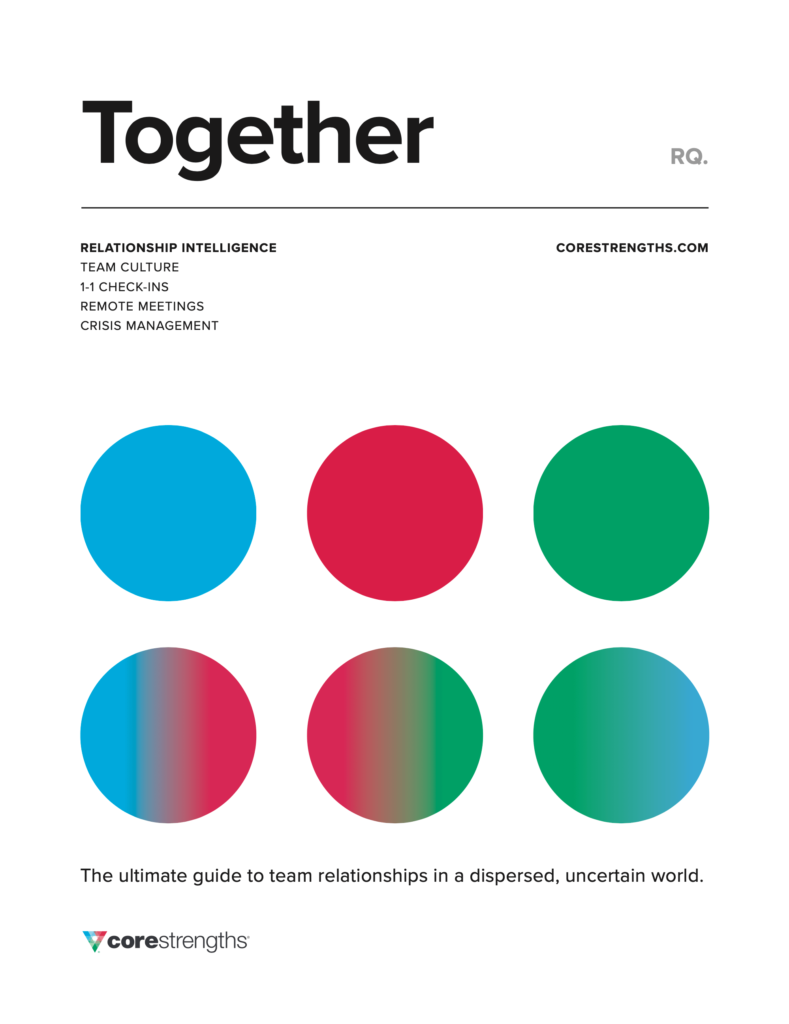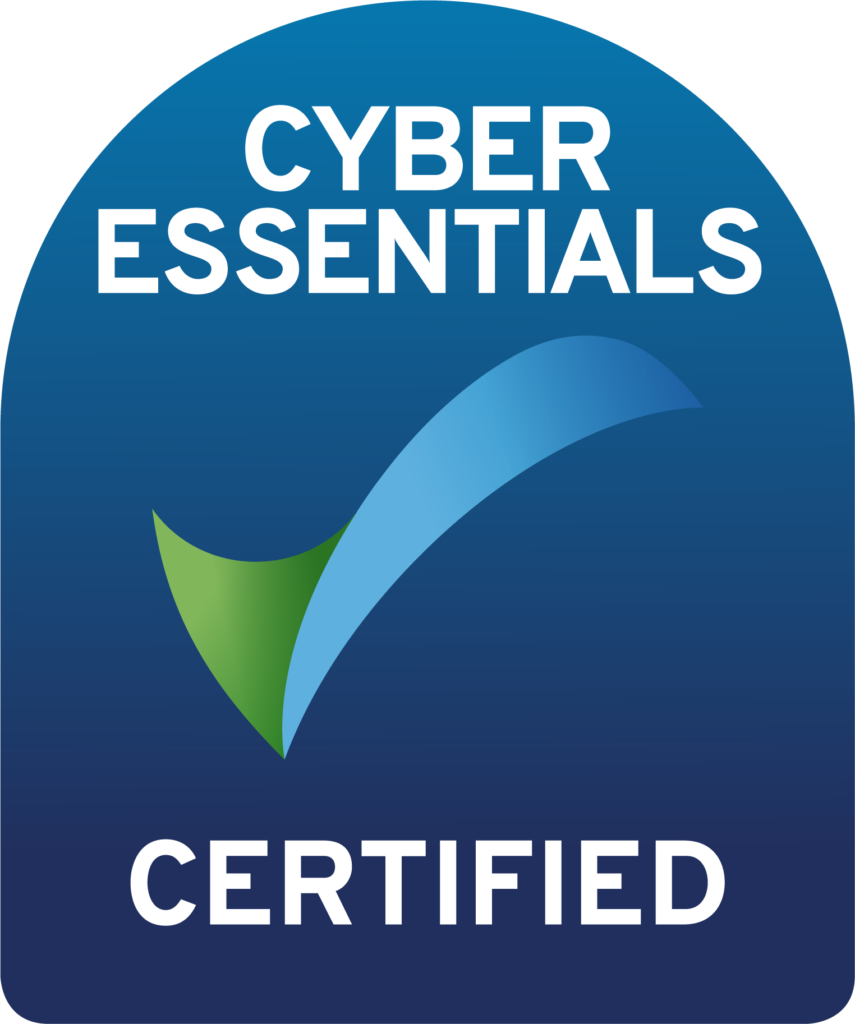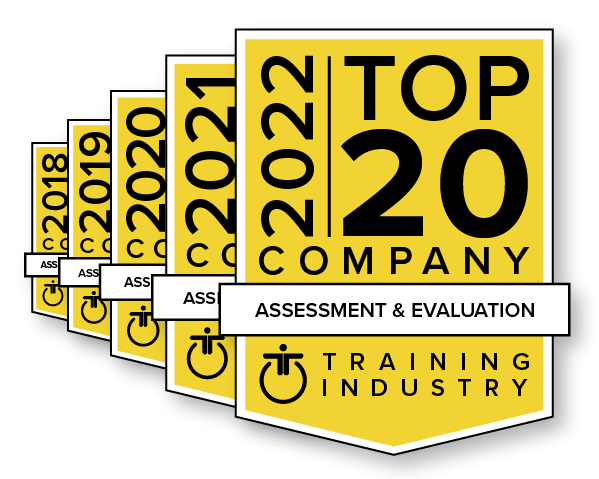It has long been accepted in HR that understanding the employee life cycle and the employee experience at each stage is a key principle for a productive organization.
The employee life cycle is a visualization of how an employee engages with the company they’re part of and it typically includes six stages:
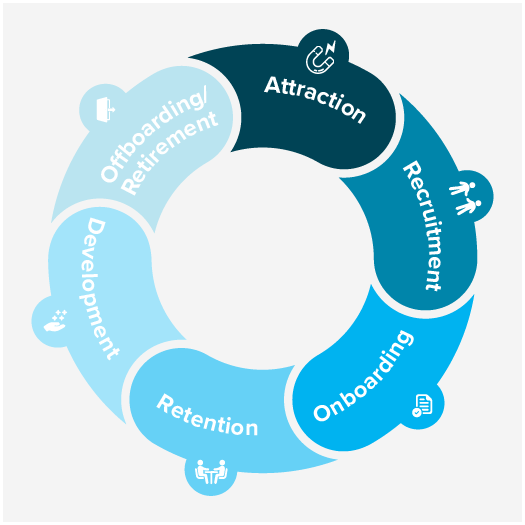
There’s a push in HR to put strong structures in place around the employee life cycle and the processes within it—but you can have all the right structures in place and still miss the mark with your objectives. How? If the structures and processes are imposed from the top down without input from, or consideration for, the individual employee and their leaders.
Instead, we need to consider the employer-employee relationship as just that: a relationship. This fresh perspective allows you to make strategic decisions and changes that improve the employee life cycle—and more importantly, to the major experiences in a person’s career—that in turn increase performance, productivity, and growth.
What’s relationship got to do with it?
Every employee has relationships with their colleagues, their leaders, and the organization itself. These relationships are based on:
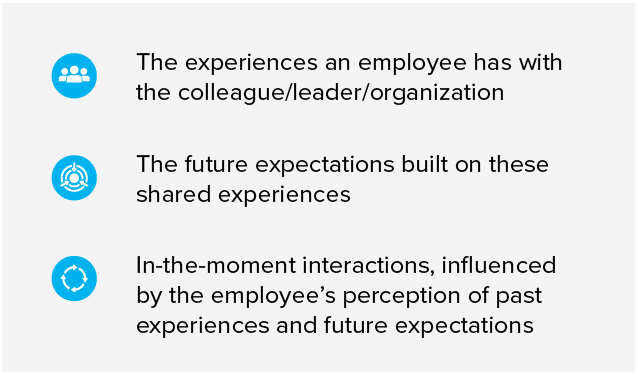
When past experiences and future expectations are aligned, in-the-moment interactions tend to be productive and creative. As a result, a high-quality relationship will form and performance, productivity, and growth will rise. When there is misalignment, interactions tend to be counterproductive or even harmful. As a result, the relationship will be damaged or even nonexistent, and disengagement and retention issues begin to surface.
So how can HR foster productive relationships between employees and between the employee and the organization throughout the employee life cycle? The answer is found in Relationship Intelligence (RQ), or leveraging insights to adjust your approach for more effective interactions.
Insights: Leverage motives to improve the employee-employer relationship
Everyone is motivated by some combination of concern for people, performance, and process.
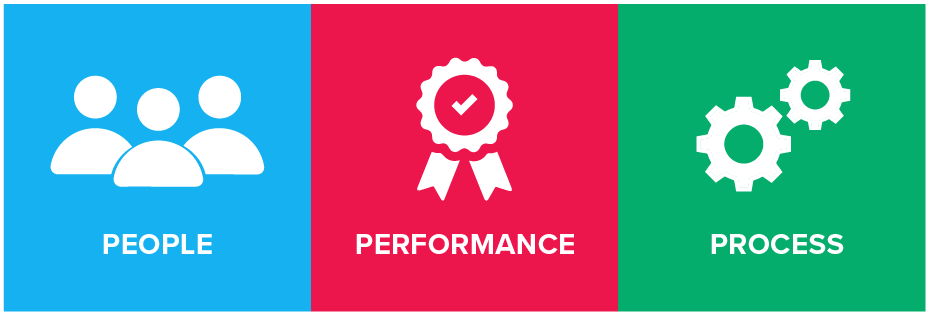
When you take the SDI 2.0 assessment, you’ll get a full portrait of how all three blend in your personality, but even if you haven’t taken the assessment yet, keep reading. You’ll probably recognize yourself primarily in one of the three colors, or you will recognize one color as least like yourself.
- Concern for people (Blue): People who are motivated by the protection, growth, and welfare of others. They have a strong desire to help others who can genuinely benefit.
- Concern for performance (Red): People who are motivated by task accomplishment and achieving results. They have a strong desire to set goals, take decisive action, and claim earned rewards.
- Concern for process (Green): People who are motivated by meaningful order and thinking things through. They have a strong desire to pursue independent interests, to be practical, and to be fair.
Most people have one or two primary motives, and some people balance all three. Understanding the makeup of motives in your workforce and the individual you are engaging with, in any given moment, is key to building a strong employer-employee relationship.
That’s because once you understand motives, you can leverage them. If you’re trying to attract a diverse array of talent to a sales role, you might be tempted to use the language of performance in the job description and interview. But if you also talk about how the candidate can help people and create order in the role, you’ll get a much wider array of talent to apply who might have been put off by exclusively results-oriented language.
Case Study: Find out how the government of Alberta, Canada uses Relationship Intelligence to support their leaders’ development.
Approach: Look at the past, present, and future of the employee life cycle
Once you have insights into employees’ motives, you can look at the past, present, and future of the employee life cycle through this lens.
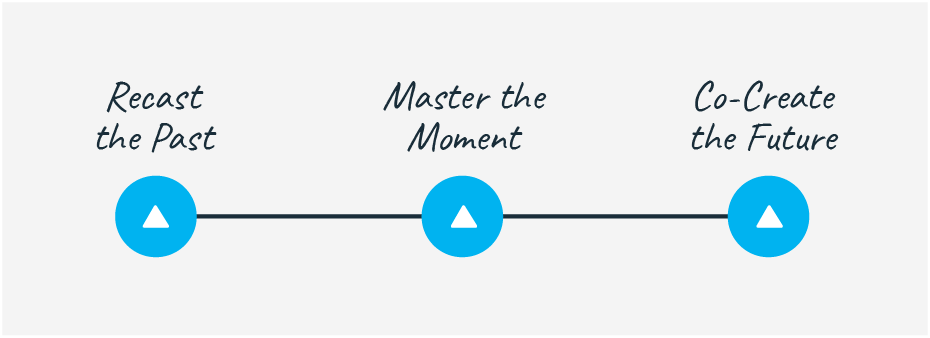
Recast the Past
Recasting the past is about viewing memories with new insights. It’s not about forgiving and forgetting, ignoring reality, or dismissing the past. It’s about adding information, exchanging perspectives, and challenging assumptions. It allows you to view past events in a more complete and inclusive way.
When you’re building structures around the employee life cycle, remember that what worked well in the past may not work now. Consider past interactions and what the sum of these interactions says about the overall employee experience.
For example, have you expected new hires to adjust to the organization’s ways of working without any context—and what impact has that had on engagement and productivity? If instead, you showed how following company policies and procedures will help people (blue), achieve results (red), and create order (green), might you get stronger buy-in and alignment?
Master the Moment
Mastering that moment involves practicing Relationship Intelligence during interactions with other people. Those interactions might specifically involve recasting the past or co-creating the future, but shared experiences and aligned expectations also might simply be part of the context for your discussions and decisions.
These important interactions will occur between the individual leaders and colleagues involved in the day-to-day of each stage of the employee life cycle. We expand on this in the next section.
Co-create the Future
Co-creating the future involves aligning your expectations in a relationship around shared purposes, values, and goals. The goals can include measurable outputs, but they also include expectations about the quality of the relationship.
Involve the workforce at every level as you co-create the future of the employee life cycle and the employer-employee relationship. Make sure all stages of the employee life cycle—and HR structures within those stages—speak equally to people with process, performance, and people motives. When people are in a relationship where there is alignment on what all parties want the future to hold, they willingly engage in making that future a reality.
Interactions: Invest in your leaders’ effectiveness
Leaders at all levels of the organization are on the front lines of the employee experience. Their in-the-moment interactions with people will make or break the life cycle—because an employee’s perception of their relationship with the entire organization is wrapped up in their relationship with their immediate supervisor.
Frontline and mid-level managers often feel that they can’t control high-level disruptions like a top-down mandate, but they’re often actually the only source of information about those things for their direct reports. When leaders either deliver the mandate without context—or worse, commiserate—they make people think their work isn’t meaningful. But if leaders have a motive-based conversation that connects the new mandate to something that matters to the employee, and genuinely face the challenge alongside them as a partner, you’ll see better outcomes throughout the employee life cycle.
How will leaders learn to have these authentic, motive-based interactions? There are four skills of a relationally intelligent leader, which you can learn more about here. Bringing Relationship Intelligence into every interaction at work is the definition of “mastering the moment,” in the section above.
Imagine a world where leaders and employees have strong, high-trust working relationships built on an accumulation of moments of positive interaction, all throughout the employee life cycle. People will know why their work has meaning—and work will give them energy, instead of draining it away. That will lead to the increases in performance, productivity, and growth that you’re seeking.
Get better results through a relationship-based employee life cycle
While Relationship Intelligence may feel like a soft skill, it will deliver results. Core Strengths offers training for every level of the organization.
Learn more about our leadership development workshop, Results Through Relationships.

